Humans have evolved to focus their attention on what matters most. To navigate a complex environment, we have ended up with a kind of brain that vigorously filters out unnecessary information. This filtering mechanism is always active and is essential in managing information overload.
For example, after entering a new environment, you start to pay attention to different things to find what is interesting. You notice the unusual architecture, the odd furniture, the people, the smell and the feel of being in this new place.
If you come back to this environment the second time, you may not scan it as intensely as the first time since your brain “thinks” it already knows about it. Instead, your brain tries to focus on other things, freeing up the processing resources for whatever else you need to do with your brain.
This filtering has its great advantages as it allows us to navigate complex environments without feeling overwhelmed by them. Once we get used to a complex environment, we can start to concentrate on something more focused and demanding.
There is however a downside to this filtering. We are susceptible to miss the obvious even if it is right in front of us. Once familiar, the brain can become lazy in processing new information and attention is simply lost.
To remain focused it is essential to practice paying attention and consciously reverse the filtering process. Several methods are presented here that allow you as a trainer to increase the attention of your delegates especially if they are attending a multi-day course where they are returning to the same training environment.
Attention Grabbing Techniques
Some of these techniques are ideal to use during the first day while others can be more ideal when delegates have become more familiar with the environment.
Ideal Methods for First Day
Method 1:
Place a sign, a poster or an object strategically in delegates’ path to the class. In the class, ask delegates to recall what they saw on the sign, poster, etc. as they came in. Give a prize to the person who recalls the most.
Method 2:
Ask delegates to recall the colour of various objects as they entered the building and found their way to the training classroom. Examples are:
- What colour was the reception desk?
- What was the colour of the receptionist’s blouse?
- What colour was the floor number lights in the lift?
- What colour was the entrance door (or its frame if it was a revolving door)?
Ideal Methods After the First Day or the Second Half of the Day
Method 3:
Create a poster for the course and hang it on a wall in the training room during the first day. For the second day, swap this poster with an altered version with minor differences. Make the difference odd and unusual much like an error, though not too obvious. Make the error symbolic and meaningful rather than simple. During the course, see if anyone spots the difference and comments on it. If not, at an ideal time explain that you have changed something in the room and they have to find it. The first person who finds it wins a prize. Make sure to finish this exercise after a few minutes and if they couldn’t find it, explain what it was. It is important to let them know about the change otherwise some will be constantly looking for it for the remainder of the course and will be distracted.
Method 4:
Show a video related to the training during the first day. During the second day, explain that you are going to show the video again, but it has something different in it. The person who can spot the difference will win a prize. Now, expect the delegates to pay their utmost attention to the video. You will need to prepare the videos before the course. Make sure the change is subtle and preferably symbolic, rather than a tiny detail in a few frames.
Method 5:
On the first day, get the delegates to create an action list about a topic that you have taught. You can do this as part of a recap exercise. Using your own handwriting, write these actions on a flipchart. Place this flipchart on the wall in the training room. Encourage delegates to review the actions and memorise them.
Before the second day, create a new flipchart much like the first one by rewriting it. This time however, add an extra action to the list. This action must be similar to others identified but should not be something that has already been included. It should not be similar to other actions either. Ideally, include an extra action that is useful and one that has been discussed during the course but was not included in the action list at the time. Write this action in the middle of other actions to blend it in. Swap the original flipchart with this new flipchart.
During the second day of the course, see if anyone notices the difference. If not, explain that you have changed something in the room and the person who finds it first wins a prize. If still unsuccessful, explain that you have changed something in the flipchart. See if they can find it on their own. This forces them to recall what actions were listed on the first day of the course further helping them to memorise the list of actions. You can even proceed to discuss the new action helping them to memorise it even further.
Do you know of any other methods that can help increase attention and focus? Please share them below in the comments section.
Soft Skills Training Materials
Get downloadable training materials
Online Train the Trainer Course:
Core Skills
Learn How to Become the Best Trainer in Your Field
All Tags
Training Resources for You

Course Design Strategy
Available as paperback and ebook

Free Training Resources
Download a free comprehensive training package including training guidelines, soft skills training activities, assessment forms and useful training resources that you can use to enhance your courses.

Our Comprehensive Guide to Body Language

Train the Trainer Resources
Get Insights - Read Guides and Books - Attend Courses
Training Materials
Get downloadable training materials on: Management Training, Personal Development, Interpersonal Development, Human Resources, and Sales & Marketing





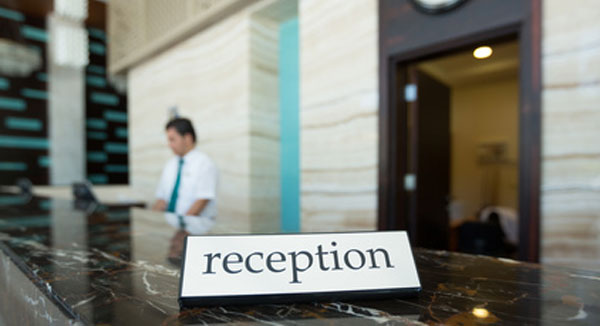


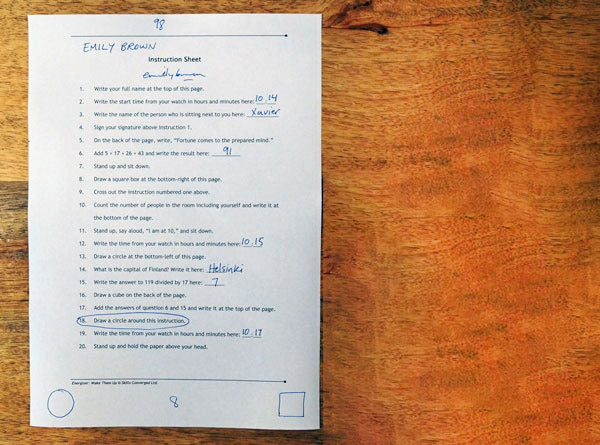

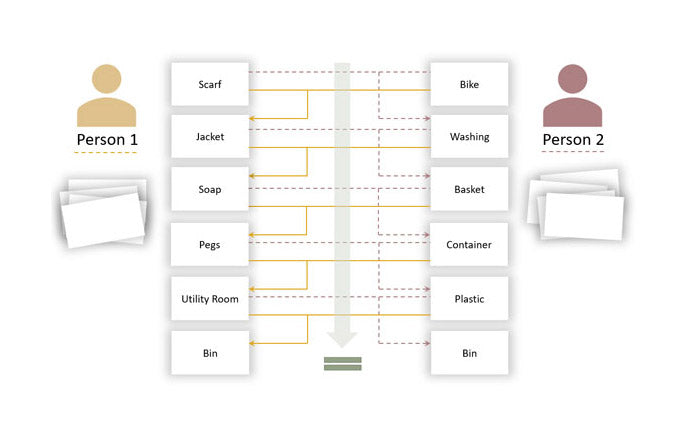
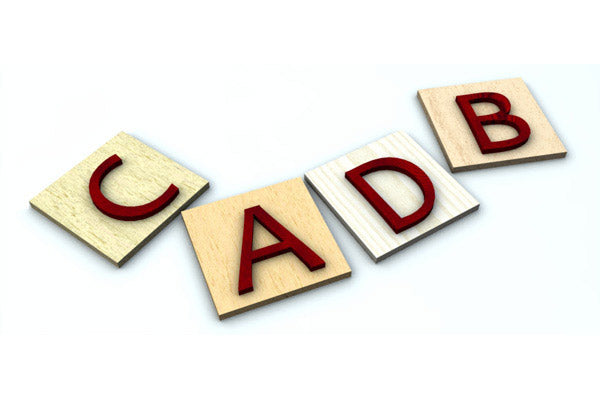
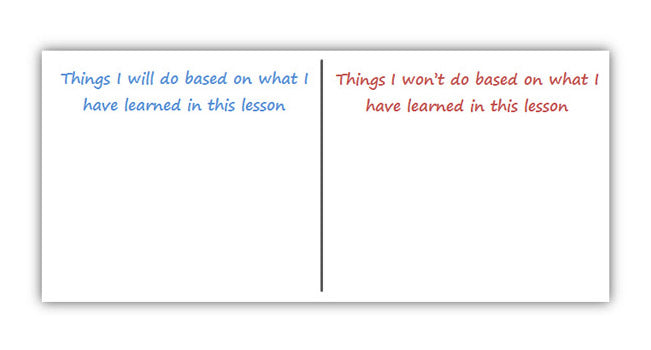
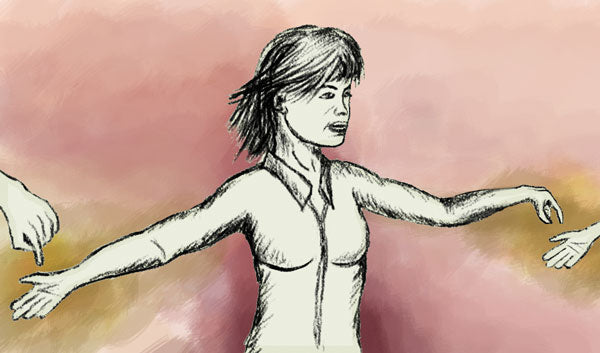
Leave a comment
All comments are moderated before being published.
This site is protected by hCaptcha and the hCaptcha Privacy Policy and Terms of Service apply.